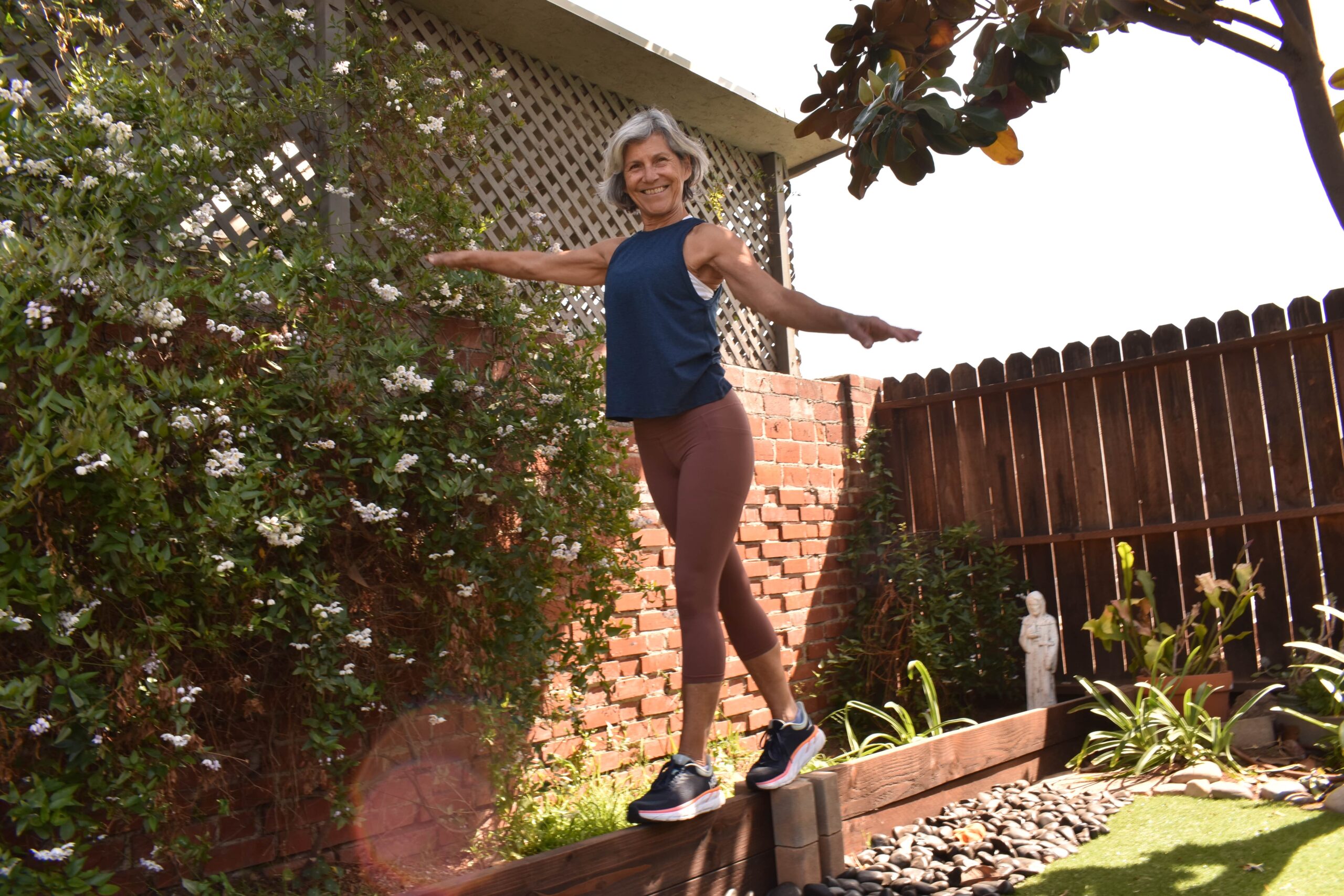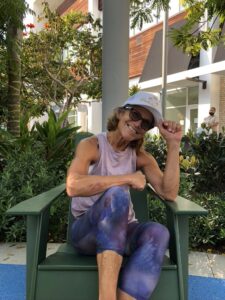Facts About Falls
Did you know that nationwide one third of our adults over 65 will experience a fall each year? 20-30% will suffer moderate to severe injuries that reduce their mobility and independence. Half of them will fall more than once, and after a bad fall 40% will not return home. Stop Falls is a non profit organization that shows 1 in 4 seniors in California could possibly die due to a fall. Out of 74 million older adults, 49 million will experience a fall, 12 million will become injured and health costs will soar!
How can we prevent a fall, and what can we do as a responsible active older adult?
- Talk to your doctor and ask about your medications and discuss the side effects.
- Practice Balance. As we become more sedentary, in a matter of two months we can lose our strength, coordination and brain power. Balance training can create change in your brain, it helps the cerebral cortex process more efficiently and our motor cortex thickens when incoming sensory information is processed, and appropriate response is taken.
- Talk with a friend, trainer, or healthcare provider. Sometimes by talking you can identify the problems that led to the fall.
- Get your vision checked yearly.
What is Balance?
Balance is one’s process of controlling the body’s center of mass (core) with respect to one’s base of support, whether standing or in movement. As we walk, each time we take a step we establish a new base of support. Sitting or standing is considered a static balance task, whereas leaning or walking to be a dynamic balance task. A stable upright position involves the active contraction of various muscle groups working together.
- Calves
- Tibialis anterior
- Soleus
- Gluteus medius
- Tensor Fasciae
- Illiosposa
- Thoracic region
- Erector Spinae
- The abdominals work intermittently
Our control of balance depends on a series of complex processes that are triggered by our desire to act or respond. The decision to act might be caused by an internal desire or a reaction to the unexpected or a combination of both. For example, I might decide to make a meal (internal desire), but there is water on the kitchen tile, so this causes me to slip. Your body reacts, or a call to an action step.
Although many decisions to act are made at a conscious level, others are made subconsciously. Subconscious responses are known to be associated with well learned skills that require little or no attention, and good neuropathways. Mobility is defined as a person’s ability to move independently and safely from one place to another. Adequate mobility is required for different types of activities in daily life, including rising from a chair, climbing and descending stairs, gardening, and walking. The multiple systems that contribute to our ability in standing and moving provide us with the information that arises from our surrounding environment, and are critical for success in negotiating obstacles. These systems are vision, vestibular and somatosensory.
Each system responds to different incoming information. Our vision responds to light, provides us with information about the space surrounding us, and our location related to objects in our path. Together the vision and somatatory systems provide information about our spatial location and movement of the body relative to the support beneath us. Like standing in thick grass, the proprioceptors in our muscles determine the action along with the vision. In the absence of vision our somatory system is our primary source of information.
Our vestibular is activated in our head movement, which helps us determine whether the world or our body is moving. Swimming in the ocean describes it best; caught in a rough wave, under water, your vestibular dictates which way the surface is. It is particularly important for maintaining upright balance when sensory information usually received by the vision and somatotory are slowing down or are no longer available. We use the information from our sensory systems to plan our actions and anticipate changes that affect our current or future actions. These systems organize the information, while the muscles and cognitive skills must work together to provide the information to react quickly.
Postural Control
Good postural control is critical to good balance. We need to be able to align our body parts as well as orientation of the body to the environment. The movement might be to climb stairs. The goal when climbing is to line each body part vertically, thereby expend less energy, and maintain an upright position. How far are we willing or able to lean in any direction with good postural control, without taking a step? Yes, that my friends is what we call our “stability limits”. Our sway envelope is measured by standing, aligning one’s core or center of mass over their base of support during quiet standing, and being able to move forward as much as 8 degrees and backwards 4 degrees, while maintaining both feet rooted to the ground. Our senior populations who are experiencing balance problems, or have underlying diseases like Parkinsons or Multiple Sclerosis, have reduced limits of stability. Any small disruption to their standing balance quickly moves these individuals beyond their limits of stability or good posture, and requires them to reach out for a nearby support or take one or two steps. Although many of our balance and mobility related activities allow us to plan our actions in advance, others help us avoid obstacles and some are anticipated, while others are reactive. In an event that cannot be planned we rely on well learned skills and good postural control. There are 3 postural strategies that help us regain balance.
- Ankle Strategy – The upper and lower body moving in the same direction.
- Hip Strategy – Activates our larger muscles, the hips, where our center of mass moves quickly over the base support. The upper and lower body move in opposite directions.
- Step Strategy – This strategy comes in play when we are displaced beyond our stability limits and must establish another base of support, if we want to prevent a fall or loss of balance
Once these systems organize the information, our Central Nervous System decides our plan of action and which motor skills are required.
Falls will increase over time with a lack of inactivity. During Covid-19 we have become more sedentary. Things like daily trips, going to the store, the gym, movies or just visiting friends and relatives have become scarce. The CDC recommends incorporating movement 150 minutes a week for optimal health. Attending an exercise class has been shown to prevent falls in community dwelling older adults. Remembering The Six Pillars of Balance could assist fall prevention, these are: sleep, meals, happy/decreased stress, health, as in good vision, no disabling diseases, strength, and balance activities. Better balance equals better health, better, performance and it prevents falls!



Itís difficult to find experienced people about this topic, however, you seem like you know what youíre talking about! Thanks
Thank you!
Right here is the perfect web site for anyone who hopes to find out about this topic. You understand a whole lot its almost hard to argue with you (not that I actually would want toÖHaHa). You definitely put a new spin on a topic that has been discussed for decades. Excellent stuff, just great!